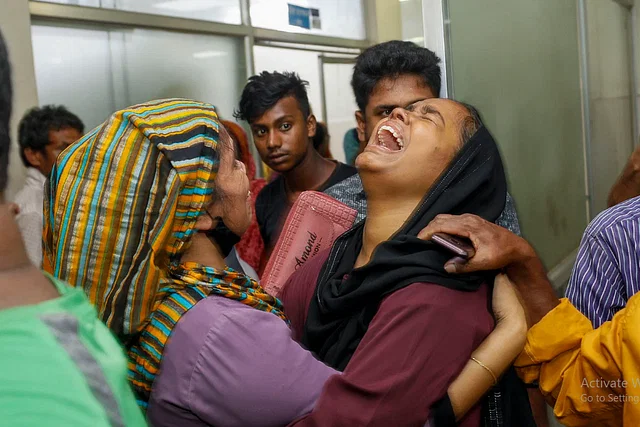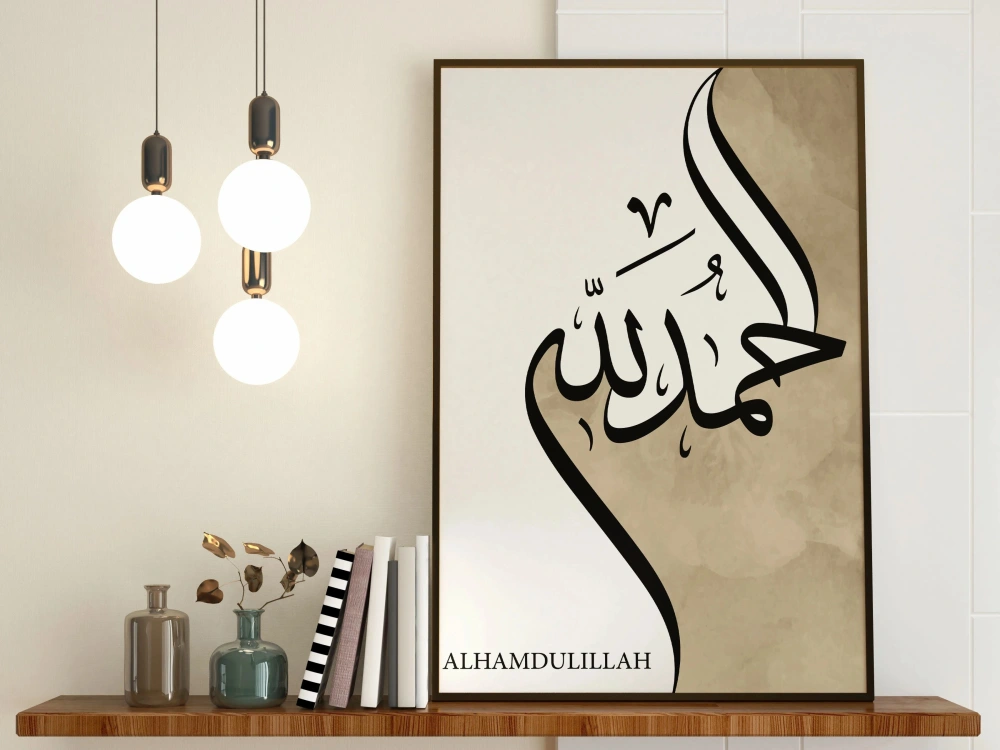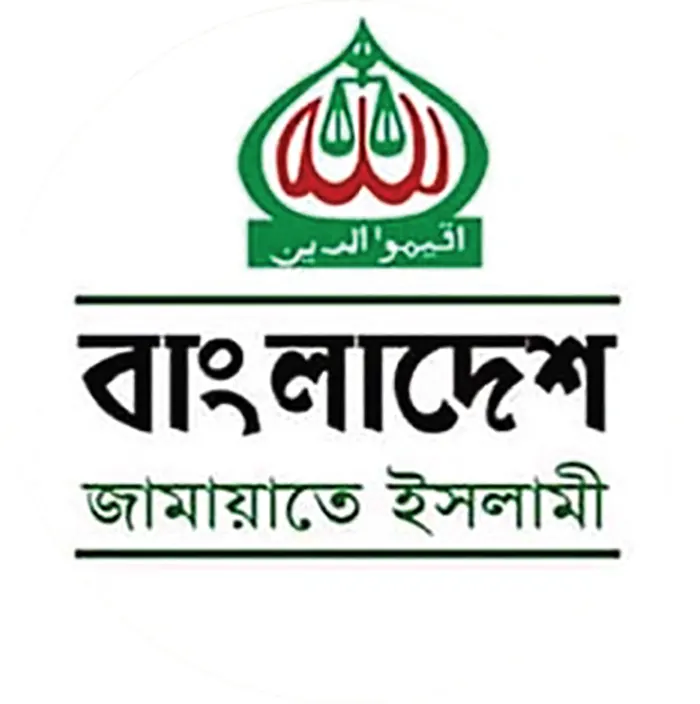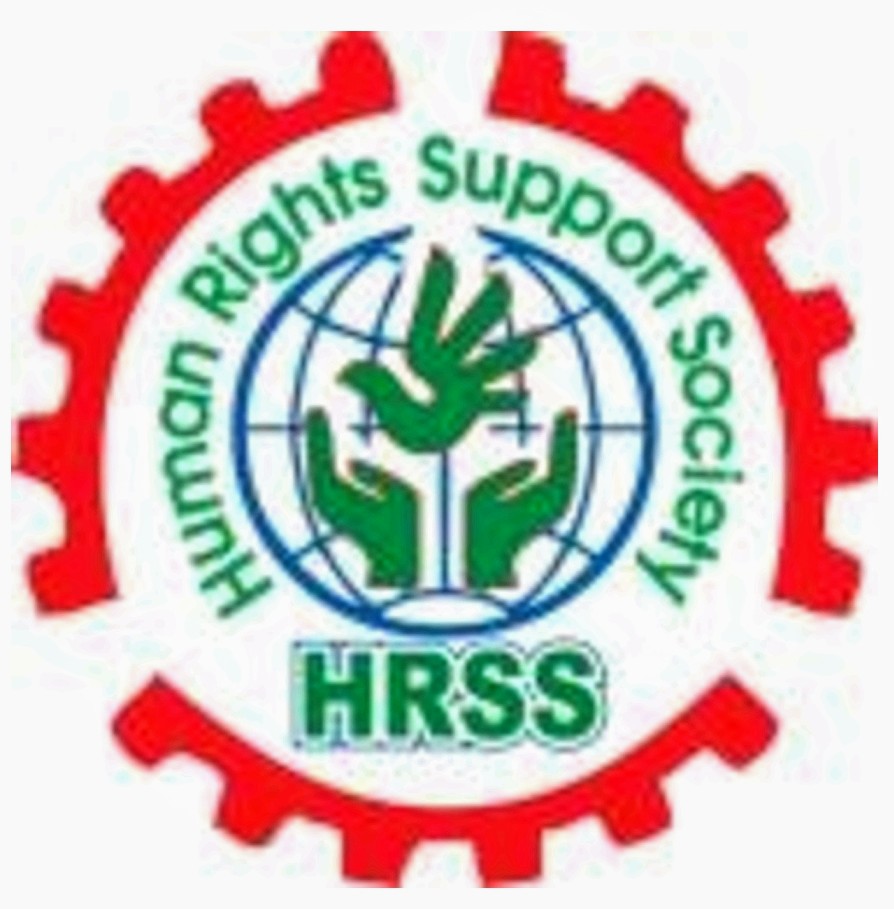
What has happened in Bangladesh over the past few days is unprecedented and extraordinary. In mid-July 2024, the government had to impose a curfew, deploy military personnel, and shut down the internet to manage the situation. The streets are now marked with signs of destruction, which might be erased over time with budget allocations. However, the void left in the hearts of the mothers who lost their children, the children who lost their fathers, the sisters who lost their brothers, and the friends who lost their companions cannot be healed.
According to the latest figures from Prothom Alo, 209 people have died (though this figure is not complete) and thousands have been injured in the protests and violence that erupted across the country surrounding the quota reform movement. Among the injured are those who have lost their sight and those who have been disabled. Author and researcher Mahiuddin Ahmed believes that since 1947, no other movement has seen such a loss of life in just a few days.
The nationwide protests and unprecedented violence over the seemingly innocent demand for quota reform will undoubtedly become a subject of research for sociologists and political scientists. The movement has expressed both immediate reactions and accumulated grievances.
A significant portion of those killed were students and young people, including children and adolescents. Many of them were not killed while participating in protests but were victims of stray bullets while standing by windows, on balconies, or while delivering milk to customers’ houses.
Lives that had barely begun were lost to brutality. Take, for instance, 11-year-old Safkat Samir from Mirpur, Dhaka. Last Friday afternoon, clashes were ongoing between police and protesters in Mirpur. When the police fired tear gas, Samir went to close the window to keep the smoke out of the house. A bullet struck his eye and lodged in his head. Samir was his parents’ only child.
In Narayanganj, 6.5-year-old Riya Gop went to the roof to play after lunch. When clashes broke out in front of their house, her father, Dipak Gop, ran to bring her down. As he lifted his frightened daughter into his arms, a bullet hit her in the head. After fighting for her life in the hospital for three days, she succumbed to her injuries. Riya was also her parents’ only child. Prothom Alo published a picture of Riya from her last birthday, with an unlit or extinguished candle in front of her cake—a cruel symbol of her life.
Teenager Mobarak lived with his parents in a slum in Panthapath’s Box Culvert area, Dhaka. The family survived by selling milk from their four cows. Last Sunday (July 21), Mobarak went out to deliver milk to customers when he was caught in a clash on Green Road and shot in the head. His life ended at just thirteen.
Naima Sultana, a tenth-grade student at Milestone College in Dhaka, was standing on the balcony of her rented house on Uttara Road No. 5 when a bullet struck her in the head. Her mother, Ainunnahar, asks, “Who killed my precious child? For what reason? How will I live?” Home is supposed to be the safest place, yet why did a 15-year-old girl lose her life there?
Farhan Faiyaz from Dhaka Residential Model College wrote on his Facebook wall, “Live a life so that people remember you after death.” Born on September 12, 2006, Farhan was not yet eighteen. With wounds from rubber bullets on his face and chest, Farhan’s life was cut short.
Farhan Faiyaz from Dhaka Residential Model College wrote on his Facebook wall, “Live a life so that people remember you after death.” Born on September 12, 2006, Farhan was not yet eighteen. With wounds from rubber bullets on his face and chest, Farhan’s life was cut short.
As time passes, more tragic stories are emerging in the newspapers. Reading these accounts, we are overwhelmed with grief, disbelief, despair, and fear. The full extent of the violence during the July movement is still unclear, including the number of children and students killed.
However, in the printed edition of Prothom Alo on July 19, out of 27 deaths reported from the protests and violence, 11 were students. Among them were Tahmid Tamim, 15, and Iman Mia, 22, who were shot in Narsingdi during a clash with the police. In Madaripur, Dipto De, 21, drowned while being chased by the police and student wing members of the ruling party.
The July movement will remain a tragic chapter for countless families. The deaths of children and students transcend personal and familial tragedy, becoming a social tragedy and collective outcry, as exemplified by this movement.
I do not know if anywhere else in the world such extreme use of force and indiscriminate shooting is employed to quell the protests of adolescents and students, leading to hundreds of injured students. The protests from Monday, July 15 to Thursday, July 18 were essentially student-led.
Initially, student activists from various parts of Dhaka, the student wing of the ruling party, and other allied groups were brought in to suppress the protesting students of Dhaka University. They attacked with sticks, hockey sticks, machetes, and guns, even injuring female students.
The widespread, reckless attack on Dhaka University students spread nationwide through news, photos, and videos online. This attack, following the controversy over the Prime Minister’s press conference, became the second turning point of the movement, leading to widespread solidarity among students across the country. Thus, students from elite universities in Dhaka to those from village and small-town schools joined the anti-discrimination movement, turning the call for a complete shutdown into reality.
Three reasons can be identified for this: First, the students took to the streets to protest the injustice of the reckless attack on university students by ruling party activists. Second, today’s university students were part of the unprecedented safe roads movement in 2018. That innocent and just demand of school-going students was also suppressed by helmeted thugs and police. The wounds from that time have not healed. Third, and most importantly, a new generation, thanks to the internet and technology, has emerged. They are universal in thinking and communication, strongly self-respecting, and anti-establishment. This solidarity is fostered by the internet. There is a significant gap in expectations and aspirations between this generation, born after 2000, and the policymakers of our society, state, and government. Hence, force, mockery, and ridicule cannot suppress them. The events of August 2018 have repeated more strongly in July 2024.
The incident where a student from Begum Rokeya University in Rangpur, Abu Saeed, was hit by a rubber bullet in the chest from close range has become the third and biggest turning point of the movement. The image of Abu Saeed standing with arms outstretched in the middle of the street with a rubber bullet wound in his chest will surely remain a powerful symbol of the student movement in Bangladesh.
Third, and most importantly, a new generation, thanks to the internet and technology, has emerged. They are universal in thinking and communication, strongly self-respecting, and anti-establishment. This solidarity is fostered by the internet. There is a significant gap in expectations and aspirations between this generation, born after 2000, and the policymakers of our society, state, and government. Hence, force, mockery, and ridicule cannot suppress them. The events of August 2018 have repeated more strongly in July 2024.
The death of Abu Saeed, a poor boy from Rangpur, fostered unprecedented solidarity among people nationwide. Working-class people took to the streets. Their accumulated grievances over high inflation, rampant corruption, declining living standards, inability to vote, youth unemployment, forced evictions, extortion from street vendors, and other hardships merged with the student movement. Since the COVID-19 pandemic in 2020, the poor, lower-income, and lower-middle-class people of the country have been living in intolerable and humiliating conditions, known to all.
As the situation begins to stabilize, the government is primarily presenting a “conspiracy theory.” The question is, when a group has planned and prepared for sabotage and violence, what were the intelligence agencies doing? Does uncovering the “mystery” after the fact carry any real meaning? For the government, the only solution then becomes area blockades and mass arrests.
- Manoj De, Sub-Editor, Prothom Alo








